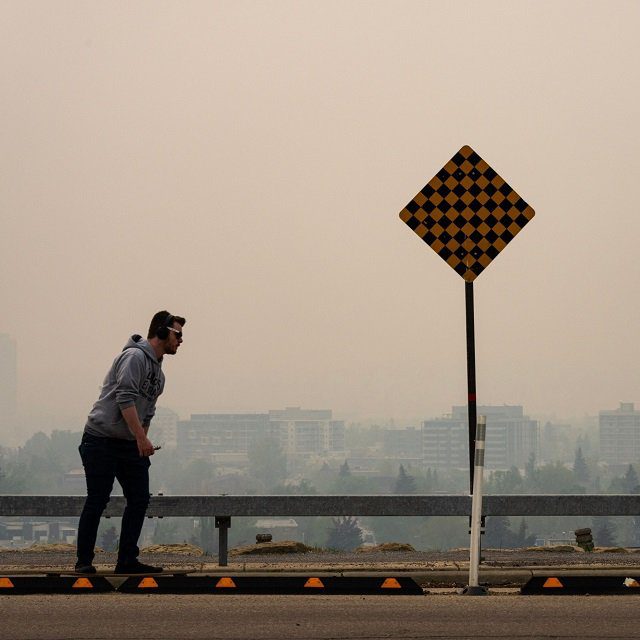Wildfire-Related 'Purple Air' Starting to Get Life Actuaries' Attention

What You Need to Know
Unhealthy, ‘purple air’ affected about 40 million U.S. residents this week.
Wildfires often cause purple air to descend over the West Coast.
Researchers suggest that wildfire smoke can have a small but noticeable effect on mortality.
Public health specialists and life insurance actuaries are starting to think about what increased exposure to wildfire smoke could do to the odds of insured people becoming disabled or dying.
Plumes of smoke from wildfires in Canada and elsewhere got U.S. policymakers’ attention this week by putting 40 million people — in an area of the country that includes the Great Lakes area, New York, Philadelphia and Washington — under a cloud of “purple air,” or heavily polluted air.
That pollution spike gave residents on the East Coast a short taste of what residents of California, Oregon and Washington state have often experienced during wildfire outbreaks in recent years.
Writing three years ago in an article about a big, intense wave of bushfires in Australia, consulting actuary Rhode Harrington estimated that an intense, weeklong burst of exposure to bushfire smoke could increase the overall death rate by about 0.3% and could increase the overall disability rate by about 0.1%.
What It Means
Climate change or other factors that increase people’s exposure to wildfire smoke could eventually lead to a modest increase in the cost of life insurance and add to uncertainty of retirement planning clients’ life expectancy.
PM2.5 Dust
One air quality indicator is the amount of dust in the air. Researchers often track exposure to the fine dust made up of grains that are less than 2.5 millionths of a meter wide, or PM2.5 dust.




